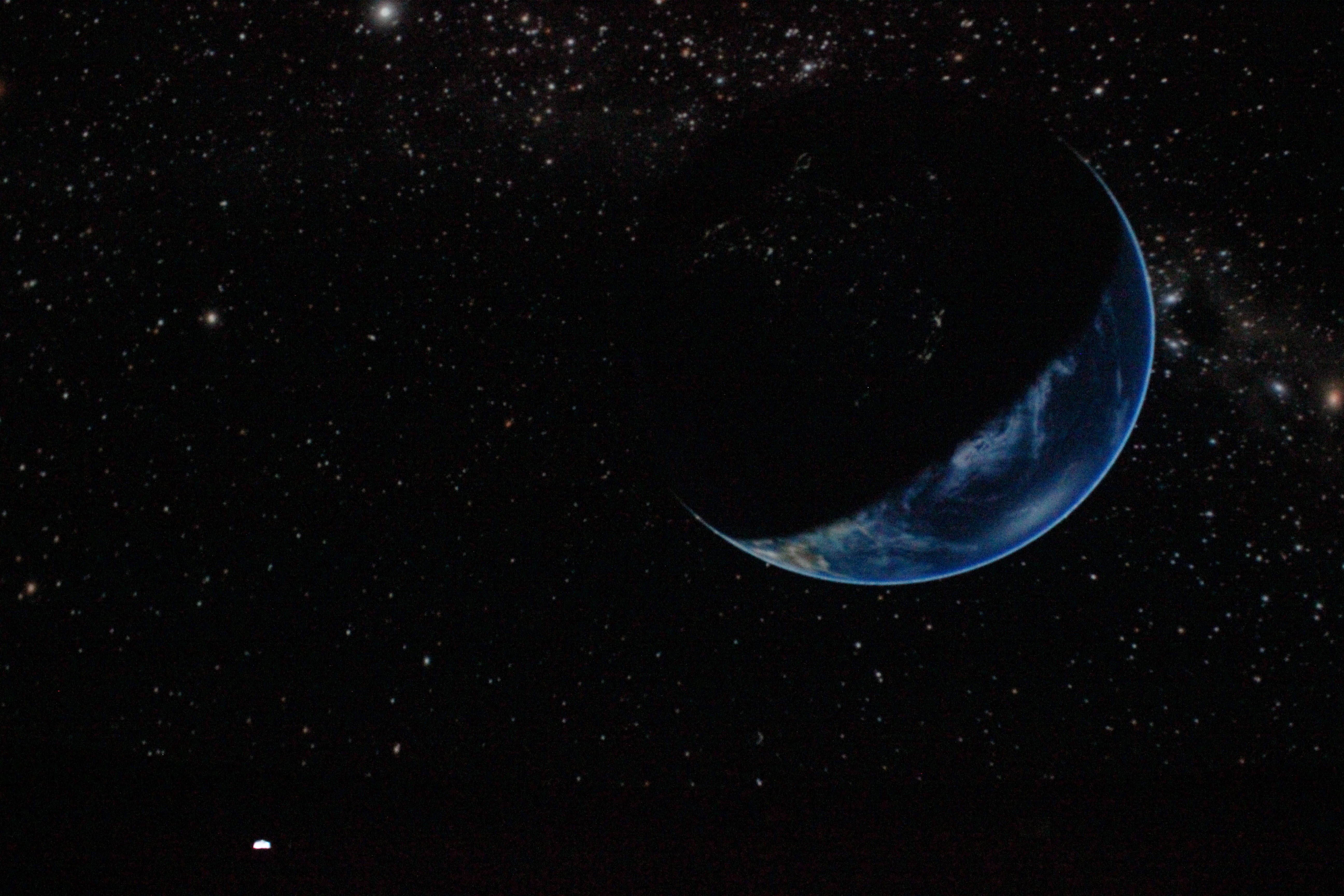Following renovations to the University of Wyoming planetarium, newly reopened this semester, have equipped the building with the capability to provide supplemental instruction on a wider array of subjects than its former technology allowed.
A donation of $875,000 provided to the university by the Windy Ridge Foundation, a non-profit based in Laramie, allowed for a renovation of the planetarium’s interior, along with installation of technological upgrades.
Some faculty already plan to utilize the planetarium more.
“I utilized the old planetarium for only one lab throughout the [Intro to Astronomy] course,” Adam Meyers, an assistant professor in the astronomy and Physics Department, said. “I’d like to start relying on the new one much more in the future, as many as three or four labs.”
Formerly, the planetarium formerly utilized a “Spitz” star ball, which mimicked the distribution and intensity of stars in the night sky by projecting hundreds of tiny dots of light onto the planetarium’s dome.
Astronomy classes that utilize the planetarium as a component of their course experienced educational limitations because of the old technology, faculty members said.
For subjects, which focus on the knowledge of physical structures, the new projector system will expand the ways in which instructors can educate classes, Meyers said.
“I can now have classes survey very distant stuff that’s hard to explain or picture,” Meyers said. “The old system really only allowed us to see the rotation and positon of stars, which is fairly limited when you think about how much stuff we know is out there now.”
The replacement projector technology is an entirely digital system, allowing for a wide range of functions Travis Laurance, the lab coordinator and planetarium director, said.
“We’re still in the process of figuring out all the various functions that this new system has, it’s incredibly versatile,” Laurance said.
Use of the planetarium is going to increase, he said.
“We certainly aren’t limited to only using this new system for astronomy purposes. There are a multitude of programs which relate specifically to other departments,” Laurance said. “Later this semester, an earth science class will come in and use the planetarium to look at shifting tectonic plates and volcanic activity as well.”
Other departments will have to take the initiative in coordinating with the planetarium in order to utilize the new projection system, he said.
“There’s certainly a lot of opportunity to expand what this device can be used for,” Laurance said. “For now we still need to spend quite a bit of time figuring out everything that we can use this for.”



